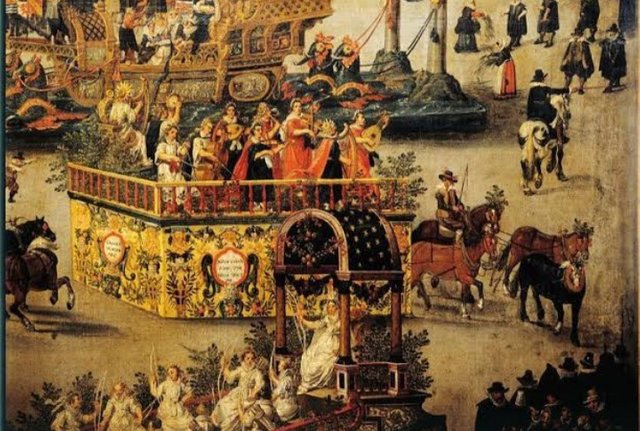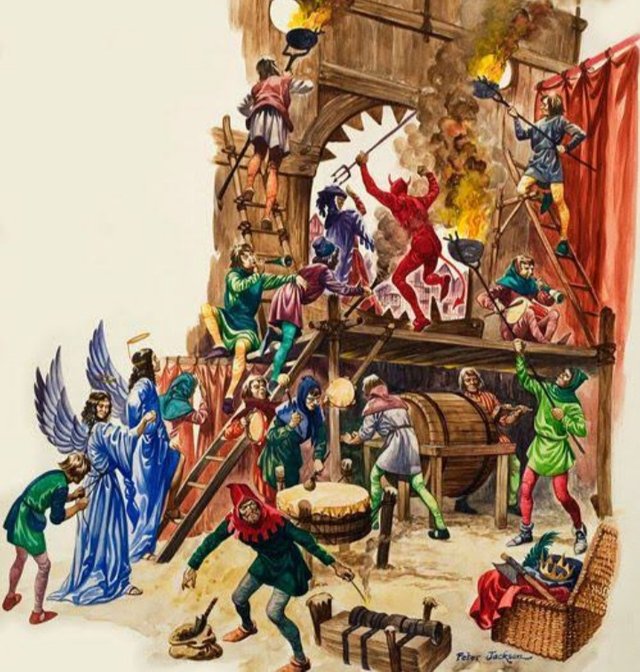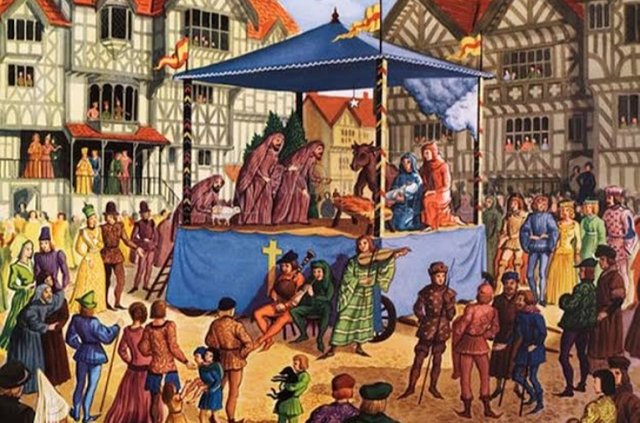Theater has been available in different structures and societies for no less than 2,500 years. In numerous areas, theater as execution advanced from different thoughts and customs, for example, occasions respecting divine beings and legendary animals.
In any case, because of the pleasure individuals got from performing and observing such shows, it didn't take long for dramatic execution to form into an independent piece of culture and society.
Theater is broadly considered to have arisen in Athens when the city started facilitating yearly occasions to respect the Greek god Dionysus around 480 BC.
As we'll learn, a few students of history accept dramatic exhibitions might have occurred in India and China many years sooner.
In any case, there is no substantial proof nor agreement for this being valid.
In Greece, early venue was frequently not a "execution" from a conventional perspective. It was typically a renowned or neighborhood writer perusing out their work. These readings would slowly prompt:
ACTING
Writers showcasing their works instead of simply understanding them
Recruiting ACTORS
Writers employing entertainers to showcase their works
LONGER SCRIPTS
The primary dramatic makers working with writers and early writers to make longer scripts, explicitly for execution purposes.
Because of Greece's unmistakable situation inside the Mediterranean Sea, it didn't take long for theater customs to spread to adjoining nations in the district.
Italy and Egypt, two other quick arising nations and populaces on the Mediterranean coast, would likewise rapidly embrace an adoration for theater, but in various ways.
A large part of the early development of theater was driven by these nations. As wars occurred and individuals started to travel, different social impacts would spread across the grounds. Notwithstanding things like food, customs, and lifestyle, dramatic practices turned into a huge social viewpoint these nations shared practically speaking.
In Europe, the development of the Roman Republic, and later the Roman Empire, set Italy at the core of culture across the mainland.
While the main Roman exhibitions were transformations of works from Greece, by the beginning of the Christian Era, numerous Roman dramatists were delivering their own work. The Roman Republic even saw the foundation of the primary essayist's and entertainer's organizations!
One of the main developmental components of early Roman auditorium was the consideration of ladies in exhibitions.
Ladies were illegal to perform in front of an audience in Greece, while in Rome, they could sing and move in front of an audience, albeit female talking parts in plays stayed uncommon.
While not very many Roman dramatic works endure today, a lot more Greek texts do. The credit for this goes to the Byzantine Empire.
While the Byzantines delighted in dramatic exhibitions, their most huge heritage is broadly seen to be their protection of Greek texts. Interestingly, numerous Roman works were annihilated during the early hundreds of years of the Christian Era, as anything not "crafted by God" was viewed as Satan's work.
From around 500 CE, numerous dramatic exercises vanished across Europe. Little groups of voyaging entertainers visited Europe yet were frequently reprimanded by different temples as spreading a hazardous message.
Notwithstanding, the congregation would likewise be answerable for beginning the reappearance of theater, coordinating exhibitions in view of content from the Bible. Clerics themselves ordinarily played out these!
Rather than entertainers reappearing, the following development was to a sort of exhibition including two gatherings singing in what we'd perceive as a cutting edge "call and reaction" style.
During this period, exhibitions would start to occur beyond houses of worship, which would frequently just perform a few times per year, if by any stretch of the imagination.
The United Kingdom likewise set up a good foundation for itself as an imperative dramatic center.
By the center of the twelfth hundred years, theater had started to restore itself across Europe. Albeit numerous exhibitions were adjusted from those found in chapel, dramatists across Europe were likewise productively composing their own contents.
Many plays from this period from Spain, France, and Germany endure today. During these years, the United Kingdom likewise set up a good foundation for itself as an indispensable dramatic center. Writers from mainland Europe were likewise quick to try different things with taking mainstream shows to crowds, which demonstrated famous among those needing a break from religion!
Notwithstanding, it had a positive via:
• In any case, constraining nations to additionally foster novel dramatic styles, which had begun to arise over the past 200 years.
• Restoring interest in enduring Greek and Roman works, which, while here and there highlighting strict characters, were not seen to be strict in setting.
Starting here on, we can start to follow the advancement of theater in Europe through unambiguous nations.
Commedia dell'arte - "Satire of the Profession" - was Italy's response to proficient auditorium following the prohibiting of strict plays. Companies of around twelve entertainers regularly performed Commedia dell'arte shows. These exhibitions immediately became well known across Europe, with a few plot gadgets and dramatic components demonstrating gigantically persuasive and making due to this day.One of the most eminent highlights of commedia dell'arte was the absence of view and props utilized. Indeed, even today, where present day Italian satire is performed during fairs and road celebrations, an exhibition setting is in many cases minimal in excess of a screen.Commedia dell'arte normally consolidated prearranged components with ad lib.
How exhibitions were assembled and delivered frequently varied from one group to another. While some would invest energy arranging a daily schedule and assembling a content, some would do as little as set up a situation from where the entertainers could make do as they came.
Because of entertainers' eagerness to work along these lines, commedia dell'arte turned out to be generally acknowledged similar to the establishing of what we'd today call "droll" satire.
One more component of Italian parody was stock characters, who highlighted in a likewise reliable way to those during Roman times. Regularly, stock characters addressed an overstated, nearly exaggeration variant of somebody from a particular social class or calling.


